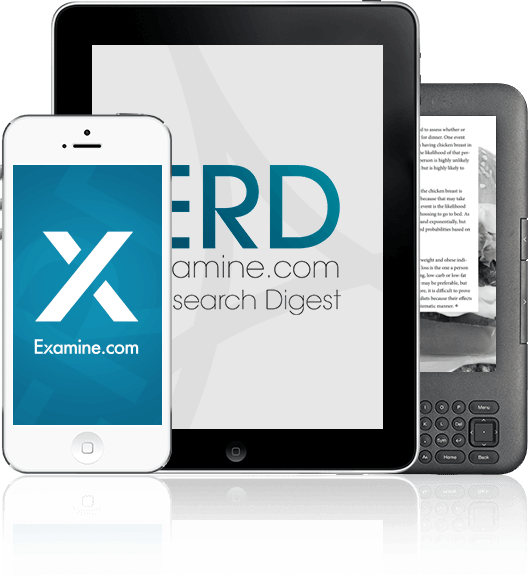Scientific evidence comes in layers, like onions: at the core, there is what we call “primary sources”. These are the first-hand, experimental research results published in peer reviewed journals. “Peer reviewed” means that the paper is analyzed by other researchers through a process known as “double-blind” evaluation: reputable researchers read the paper ignoring who the author is, judge its quality and approve (or not) its publication for a scientific periodical.
Reviews are publications prepared by researchers who read a number of primary sources and organize the content according to the context of that subject: is it controversial? What are the prevailing points of view? What does it have to do with previous knowledge?
In these first layers, the language and data presentation is somewhat hard to understand for outsiders: its audience are fellow researchers.
The following layer is targeted at wider audiences: there are other types of reviews, written in more journalistic style, yet preserving scientific accuracy. There is a whole class of publications devoted to that.
Textbooks make the last layer still in the scientific realm.
This system has worked – with minor or major flaws – until recently. We have some serious problems now: primary sources are produced in a speed that makes it utterly impossible for any researcher to keep up with it, let alone the front line professional, such as the physician or the nutritionist. A few years ago it was calculated that one would need at least 19 hours of uninterrupted reading to accomplish that, obviously just a hypothetical number. The second serious problem is that the system, originally designed to protect the credibility of scientific information, has been corrupted by pseudo-scientific publications popping up in the digital environment of users. How is the nutritionist or researcher supposed to know what is reliable information and what is nonsense?
A number of solutions have been devised through the years, none effective. Until Examine.com showed up and created its own Research Digest: the ERD. With the ERD, the researcher and health professional has access to the best evidence-based information presented with accuracy and clarity. A panel of experts was put together to make this possible and designers made content presentation attractive and functional.
Audio transcripts are provided so that the busy professional can have access to good content at any time. Peer communities of subscribers were set up to promote productive interaction.
ERD is my choice as a professional: of all the solutions I have examined, ERD is the only one that delivers what I need. If you care about and need high level scientific information about nutrition, ERD is what you want.
You may subscribe here at ERD subscription. Until November 9, you get it with 20% discount.

